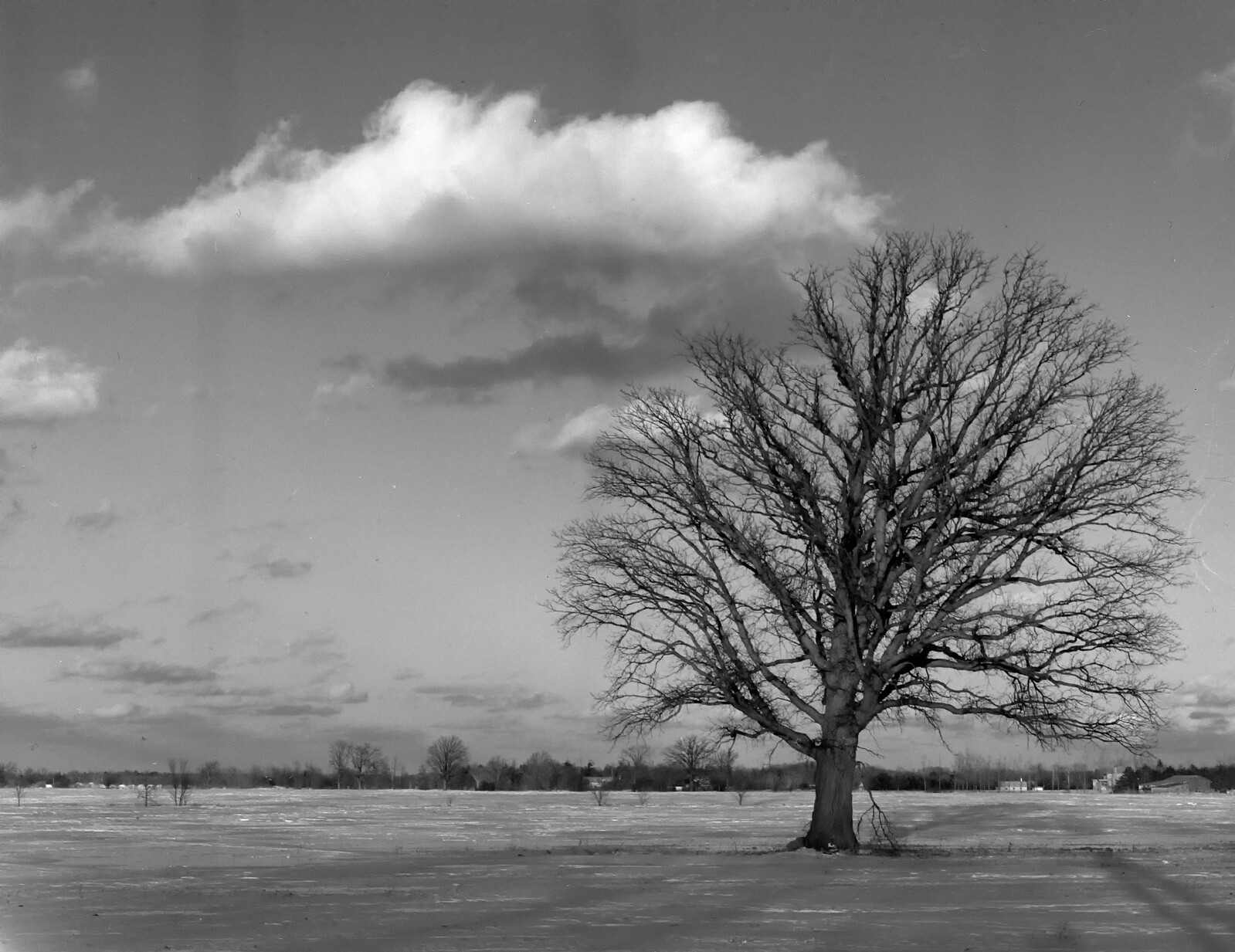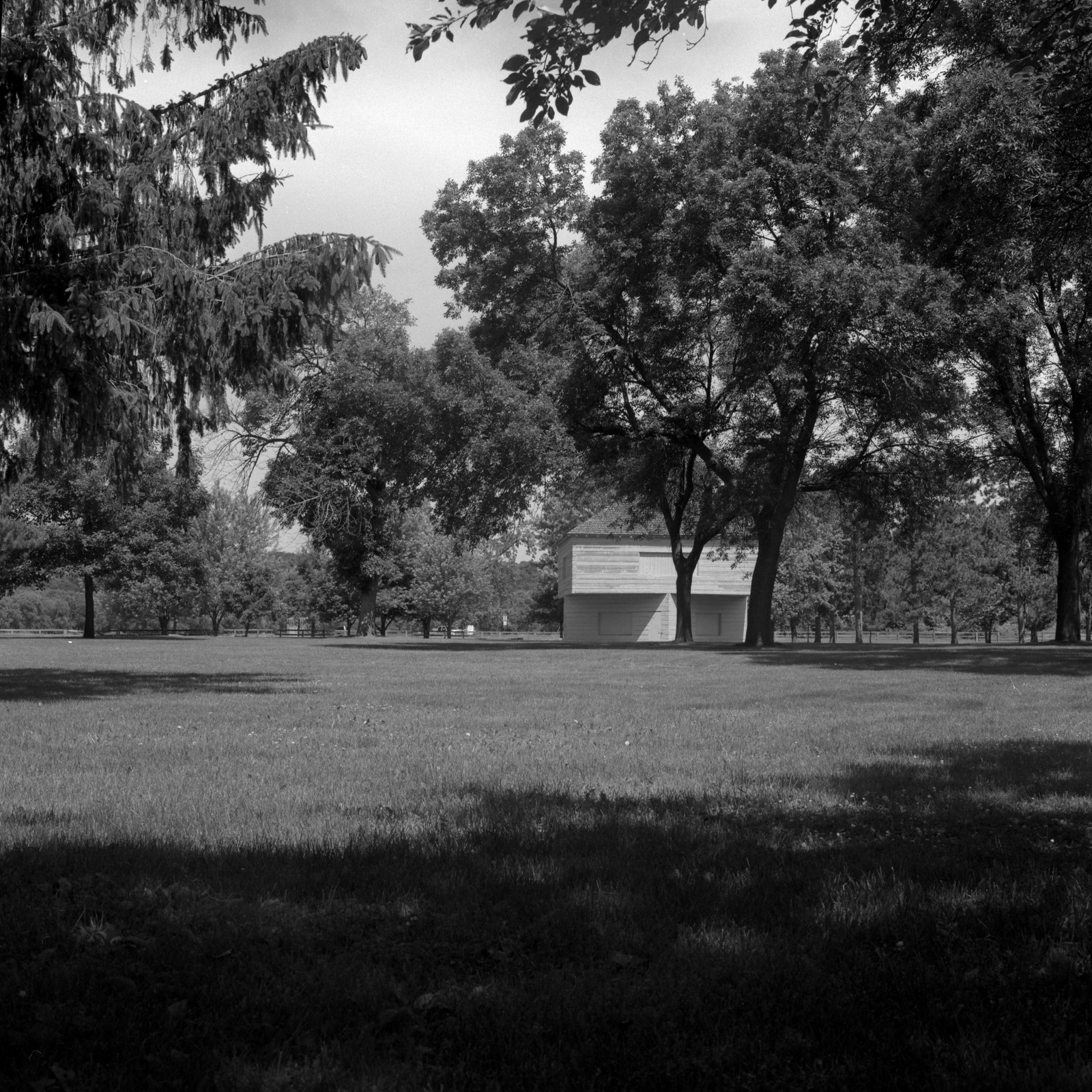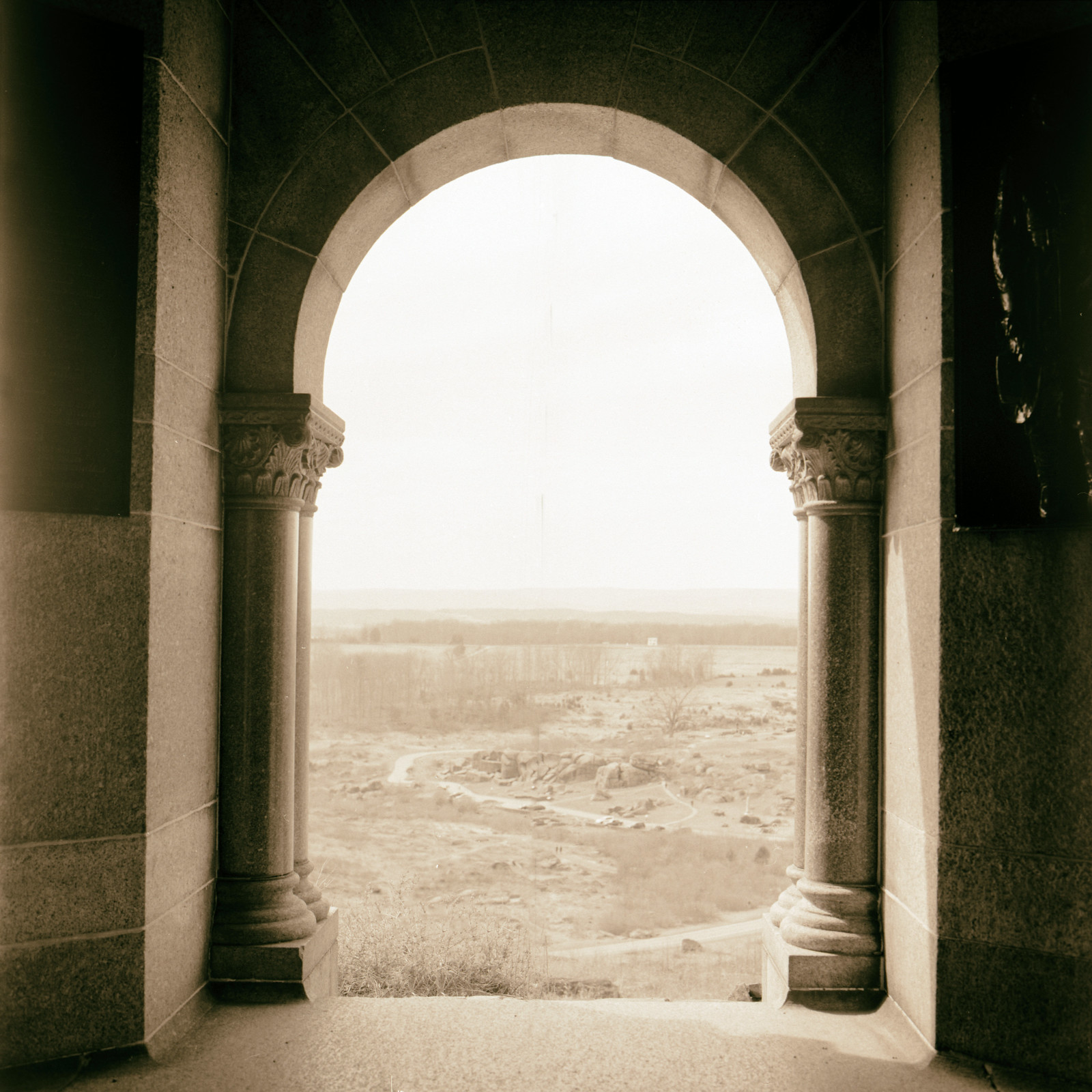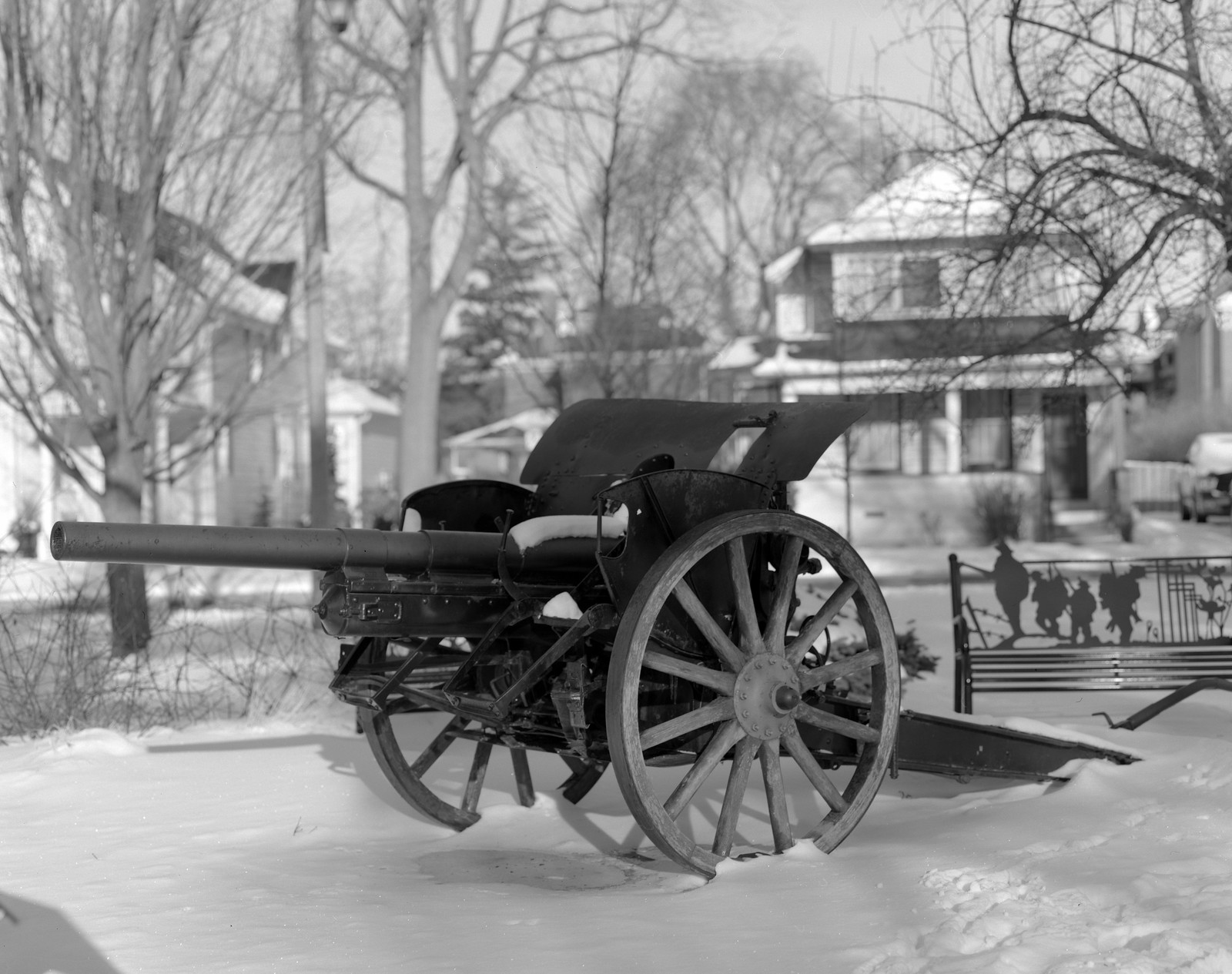When it comes to your photography, there is nothing more satisfying and frustrating as running a photography project. These projects can be big, small, span years or months. You can publish them in a book, hold a gallery show, or just stick them online. Thankfully you can easily run your photo project without having any formal project management training (although even a little bit of reading on the matter is helpful). Completing such a project will improve not only your photography skills but also your organisation skills. In this article, I will walk you through how I approach a photography project.
Have an Idea
All projects are started with a single idea, a big picture. When you first begin tumbling an idea around in your skull, don’t worry too much about the details. You want to produce a high-level elevator pitch. Usually a single sentence or short paragraph to summarise your subject. And even that doesn’t have to be overly complicated. It can be as simple. Some ideas include shooting a roll of film a week for a whole year or shoot a photo a day for a year. These are relatively popular projects and can be easy to run with if you just want to get your feet wet. Or you can look at a singular subject such as capturing certain architectural elements like doors or windows; another thought is looking at local history in some meaningful way. And in my current project is about my hometown of Milton, Ontario.

Pentax 645 – SMC Pentax-A 645 75mm 1:2.8 – Lomography XPro 200
Make a Plan
A big picture is an excellent place to start, but once you have that it’s essential to start building a plan. Often you’ll find that once you have that big picture idea, that single sentence the details will start to fall into place. One of the best places to start is by looking online. There’s a good chance that someone in the past has done a project that you’re looking at doing. I’m mostly talking about those 52-roll or 365 photo projects. I know, I’ve done several 52 roll projects (and planning on doing another). My inspiration was Mat Marrash and his 52 roll project several years ago now. Don’t try and duplicate another person’s project to the letter, they might have things available to them that you do not, and you want your project to be just that, your own. The most significant thing you need to include in your early planning is what is the done point for the project. Without the done point you’ll find your project will drag on until you run out of steam or subject matter. With 52-Roll or 365 projects, your done point is determined by calendar date. Another option is a set number of photos such as my hometown project I set myself to use a single box of 4×5 film. My War of 1812 project never had a done point, and it dragged on far longer than I wanted, but I did eventually set a done point and wrapped it up nicely. And from that failure, I made sure that all other projects now have that done point set. Another part of the plan that needs your consideration is any restrictions on yourself. These can include items like camera, lenses, film, developers. Other can include deadlines for publishing your images online, what time you take your shots. The goal is to focus your efforts. Just don’t be too restrictive or you’ll eventually write yourself out of the project. Always build in some form wiggle room only in case something goes wrong. When working with older cameras, there is still a chance for equipment failure. During my second 52 roll project my F3 needed to be sent away, so I carried on with a Nikon FM2n until the F3 returned from service. A change bag failure cost me a couple of rolls in another project, but I just carried on again after buying a new one. But if there’s one restriction to consider seriously is keeping things consistent, especially if you’re planning on publishing your work anywhere but online.

Nikon F3 – AI-S Nikkor 50mm 1:1.4 – Kodak Tri-X 400 @ ASA-400 – Kodak HC-110 Dil. B 4:30 @ 20C
Once you have a few more details set up your next step is to get a timeline together. The idea is to build one that is a perfect balance between keeping to your done point but also allowing for a realistic work schedule for your project. Unless you’re a self-employed photographer, running a photography project will have to work within your regular work schedule. But you also don’t want to burn yourself out. I find that you can use the time to capture the images if you include it on a day trip in some cases or just blitz the whole capture project. My upcoming project on the Welland Canal I went out and spent a total of ten hours capturing all the needed images. And while there was a particular advantage to that, I found that I missed a couple of spots that would have been nice, but I’m going to learn to live without. Other times you need to spread things out just for the sake of your sanity. The issue comes along with daily or weekly projects. If you’re running a 365 project, you will be out taking a shot each day, or in a 52 roll project you’re usually out once a week. It’s always best to set up some sort of schedule to help you stick to the plan.

Modified Anniversary Speed Graphic – Kodak Ektar f:7.7 203mm (Orange 22) – Kodak Tri-X Pan @ ASA-250 – PMK Pyro (1+2+100) 10:30 @ 24C
Organization
Once you have your plan set up, you’ll need to keep yourself organised somehow. It’s hard to keep everything inside your head; I find that it’s best to write everything down. Either by hand or on a computer somehow. There is plenty of project management software out there both locally installed software on online services. But if you’re just running the project solo, then you don’t need actual project management software like MS Project. Work with what’s most comfortable with you. I use Excel to help track progress and make plans on what and where I plan on taking photos. And by putting it online cloud storage, I can easily access it anywhere I am, even on my phone. However, if I’m out in the field shooting, I find it a lot faster to physically write things down in a notebook then input the data into my data sheets later.

Hasselblad 500c – Carl Zeiss Planar 80mm 1:2.8 – Ilford FP4+ @ ASA-100 – Formulary Developer 23 (Stock) 6:00 @ 20C
Scope Creep
If you’ve done any sort of project management, then you’ll understand the term scope creep. For those not in the know is where a project takes on more and more items that are outside of your original plan, and it can be a killer. I only bring up the threat of scope creep to point you in the direction of proper pre-planning, timeline and organisation. When I started my 1812 project, I had a plan that was far too loose, and it caused a whole lot of creep that nearly derailed the entire project. Thankfully I got it under control before any significant problems took place. But like any problem, I took it as a learning experience. And when I took on my 1867 project, I made sure to reign myself in and set up some strict controls. The best way to avoid this creep is to plan well and start early, especially if you have an end goal in mind.

Hasselblad 500c – Carl Zeiss Planar 80mm 1:2.8 – Rollei RPX 25 @ ASA-25 – Blazinal (1+50) 11:00 @ 20C
Keeping Accountable
Projects are hard; there’s no denying that thankfully they get a little easier if you have someone or a group of people to help keep you accountable. The first thing to always keep in mind that unless someone is paying you to complete the project, you should always look at it for fun, but that can also lead to a certain casualness. Here’s where having a person or persons to help keep you on the path. And these days a person is always out there to read or even just give a like to a post and that is the wonderful world of social media. And if you’ve ever thought about starting your blog, running a photo project is the perfect catalyst. While I won’t go into too many details on how to get a blog setup, two other friends have already written pieces on that subject. You can read Jim Grey’s post or Mike Eckmann’s post on the subject as both are well written and worth a read. Of course, there are plenty of smaller options as well you have microblogging sites like Tumblr, which would suit a 365 or even a 52 roll project. Other options can just post to your images onto a site like Flickr or even Instagram. Just make sure that you take the time to share your work. Put images on Instagram, share your blog on Facebook, Twitter. Just make sure to tag your posts and share them to appropriate groups on social media sites. So what does this all do with keeping accountable? Easy it helps build an audience, and an audience is a good thing because you’ll have people once you get the thing going they’ll be there to cheer and can’t wait until the next post in the series. That said, there is something about having at least one real person standing with you in a project. And I know that many of my projects would have never succeeded without the support of Heather, my amazing wife.

Mamiya m645 – Mamiya-Sekor C 45mm 1:2.8 N – Ilford HP5+ @ ASA-200 – Kodak Pyrocat-HD (1+1+100) 9:00 @ 20C
Failure is always an option
As I mentioned previously, unless you’re getting paid, the only person you need to worry about is yourself. And that means that a failure is always an option. Trust me; I very nearly ended a few of my projects. Thankfully I didn’t, but I sure did consider the possibility. If you’re not getting paid, you can always quit. But the whole thing is that what you do with that failure is what is more important. Should you wallow in self-pity? No, you should take your failure and learn from it! Goodness knows I learned from the mistakes I made on my 1812 project and certainly put it towards my next two history projects 1867 and the Welland Canal with a great deal more pre-planning. You have to figure out where you fell and figure out how to mitigate the risk and pick up the camera again and start anew. Just give yourself some time to sit and analyse then get back on the horse and start again. Just don’t do the same thing over and over again that gets boring, try something different. One of the worst projects to start and eventually fail is those 365 projects; they can be a real killer. Best not to use one of those as your first project.

Crown Graphic – Schneider-Kreuznach Symmar-S 1:5.6/210 – Ilford FP4+ @ ASA-64 – Pyrocat-HD (1+1+100) 8:00 @ 20C
Now that you’re done…now what?
There will be a certain feeling of satisfaction when you see a photo project through from beginning to end. But now that you’re done, what can you do? Well, the first option is nothing at all; you can just leave your project online and just leave it where it stands. One thing that I always find helps wrap things up neatly is to publish your work in some physical form. The easiest way is just to make a simple photo book using an online publishing tool. Even if you only print one for yourself that’s a great spot to start. Suppose you’re feeling ambitious contact a local photography gallery or independent coffee shop and print and show your work in person and be proud. And if you go with the latter two options, here is where it’s essential to keep things consistent. It makes life more comfortable when you have to publish or print your work either yourself on it a lab.
I’m sorry, but this has been a lot to throw at you all at once, but I have been working on this post for some time and figured that I should not break it up over a few posts. Just to wrap things up when working or desiring a project, the following steps will help keep things together and give the best chance for success.
- Make A Plan – Define the goal of your project, define what done is, and establish a clear scope.
- Organise Your Work – Keep track of your progress to help yourself stay on track.
- Share Your Work – Build an audience online or publish your finish project.
- Have Fun – Don’t make it work unless someone is paying you.
Of course, if these things don’t come easily to you, maybe a small course on project management might be of help!